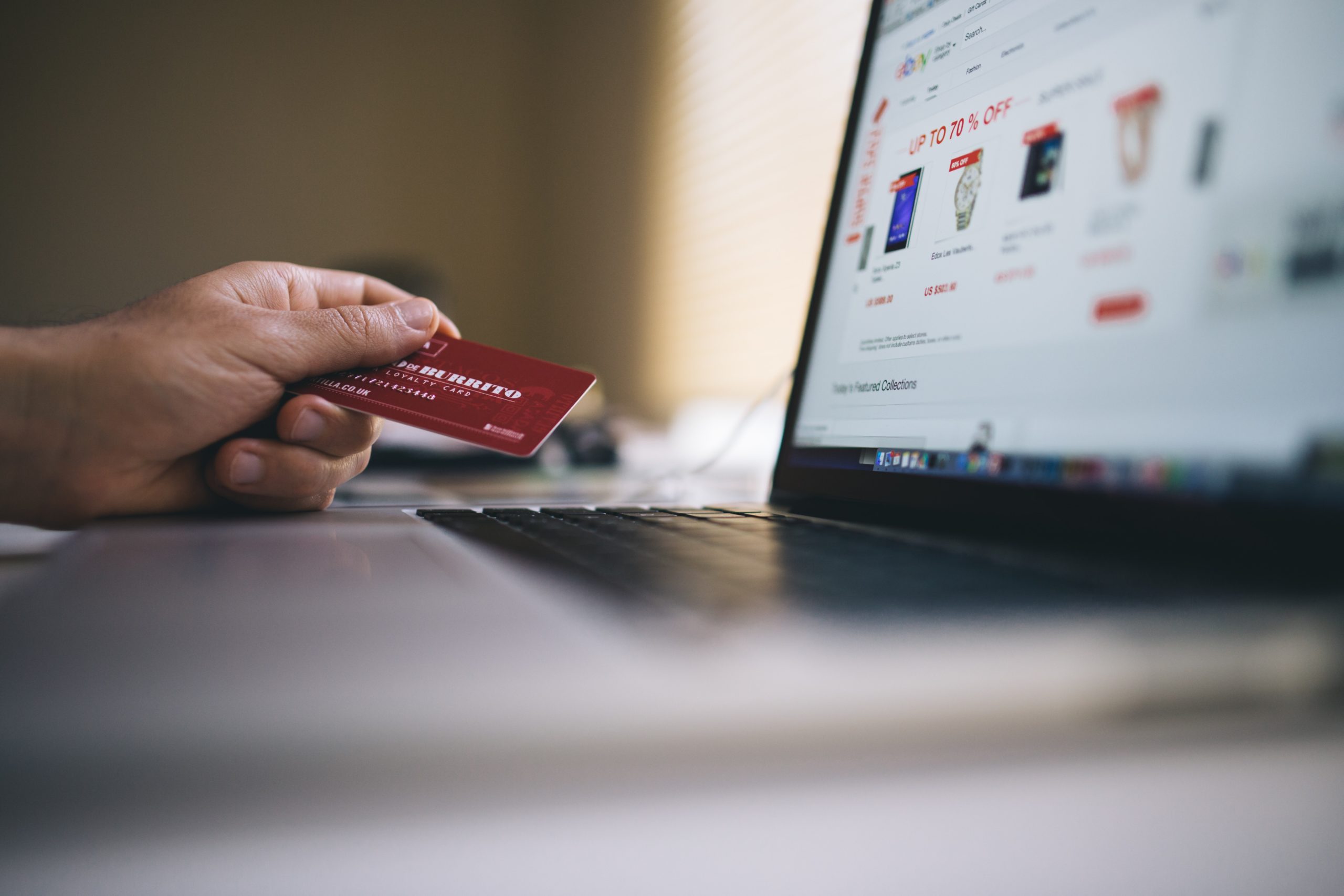RESOURCES
Amazon and CPG Brands: Why and How to Master Omnichannel Growth
The CPG industry online is growing at a rapid pace. In fact, the category saw an increase of more than 35% in e-commerce sales during 2018. This is likely due to CPG brands feeling the pressure to embrace e-commerce as a way to reach consumers. To succeed, CPGs need to leverage an omnichannel strategy. Continue reading to learn more and for important considerations.
Four Areas of Consideration to Maximize Omnichannel Growth
There is plenty for CPGs to consider when forming a strategy. Here we chose the most important considerations to set your brand up for a successful future.
Digital Shelf Space
E-commerce opens the door to valuable opportunities, but it also introduces challenges. It's a new environment for brands used to relying on relationships with retailers. Instead, strategy matters more in e-commerce. Highlighted below are two consistent observations we’ve made in the past several years.
- First, CPG brands leverage Amazon to launch new products and variations as a way to test the market. The analytics available through Amazon can paint a picture of whether launching on a broader scale is worth doing. As a result, CPGs are more prepared and in a position to make better decisions for their business.
- Secondly, there is a common misconception e-commerce provides ‘infinite’ shelf space. And, in some instances, this is true. But e-commerce and marketplaces like Amazon have limits. For example, 70% of consumers never navigate past the first page of search results. This makes proper optimization and using a holistic approach crucial to brands that sell on the channel.
We recommend CPGs focus on deliverability, sales velocity, and buyability to capture digital shelf space.
Gaining a deep understanding of Amazon’s A9 algorithm so your products make it onto the first page of search results is a good place to start.
Sales velocity is another priority once your products are in a position to be discovered. It's a major driver of the A9 algorithm and also a great way to perform better in search. Optimize the copy of your listings to attract buyers to your products and begin building a history of sales. To get started, make sure your product titles are concise and informative. Also, consider your product’s bullet points and appropriately include keywords.
Conversion rates also influence the A9 algorithm and are often overlooked. But, it’s important to remember conversion rates start a chain reaction to more sales and improved sales velocity. Revisit your product titles and make sure they’re concise and informative. Titles are a space to provide shoppers all the information needed to make a purchase decision. You can provide additional details in your product image library.
Challenger Brands
Online competition has changed over the years. Brands that know where they stand are in the best position to strategize and succeed. Coffee is a good example of how challenger brands have made their mark on Amazon. Only about 30% of the digital shelf space is taken up by traditional coffee brands like Folgers or Maxwell House. Instead, the majority of results include challenger brands like Death Wish coffee. These challenger brands have become the legacy brands of Amazon since they were the first to enter the channel and gain sales velocity.
An important statistic to remember is 56% of shoppers buy a new brand on Amazon. So, this proves how much shoppers trust Amazon and it should be included in a brand's omnichannel strategy.
CPGs that sell products on Amazon need to adapt and act like a marketer. It’s important to tell a good story, have optimized product detail pages, and offer a variety of products and pack sizes. Other avenues to success include acquisitions by legacy brands or even participating in private label programs.
Consumer Buying Behaviors
As we’ve touched on so far, there has been a shift in consumer buying behaviors. Because of this, brands are feeling the pressure to adjust and deliver consumers exactly what they’re looking for in a convenience-driven climate.
Today, most shoppers are looking for the best price they can find at a quantity brands aren’t traditionally used to producing. For example, consumers are willing to buy a pack of three or six, but not interested in purchasing an entire case or pallet.
It’s important for brands to reevaluate their infrastructure and production so they can be agile and offer consumers what they’re looking for. Otherwise, 3P sellers are quick to create their own variety packs, latch onto your listings, and steal market share.
Amazon’s Ecosystem
If adapting to consumer trends by overhauling your brand’s offerings weren't enough, Amazon itself can be complex to manage. But, it’s a must for brands to include in their omnichannel strategy. In fact, Amazon accounted for 40.3% of all online sales in 2018 and it has immersed itself into categories like groceries, pet supplies, and personal care.
Amazon has grown to become an ecosystem designed for brands to create and capture demand. Brands are given to tools to leverage the channel to distribute products and use as a review engine. The marketplace is not only an e-commerce site but a media platform with valuable analytics.
To succeed on Amazon, brands need to form a comprehensive strategy and understand how every lever pulled influences another.
The CPG industry has grown significantly and continues to evolve and change. Consider the information in this post when your brand is ready to embrace e-commerce or needs guidance on how to maximize its omnichannel impact. We’re here to support you, just schedule a free consultation. And, as always, we’re here to answer any questions.
SIMILAR POSTS YOU MIGHT BE INTERESTED IN:
SIGN UP FOR OUR WEEKLY NEWSLETTER

News, Views, and Valuable Resources
Delivered to Your Inbox Each Week


